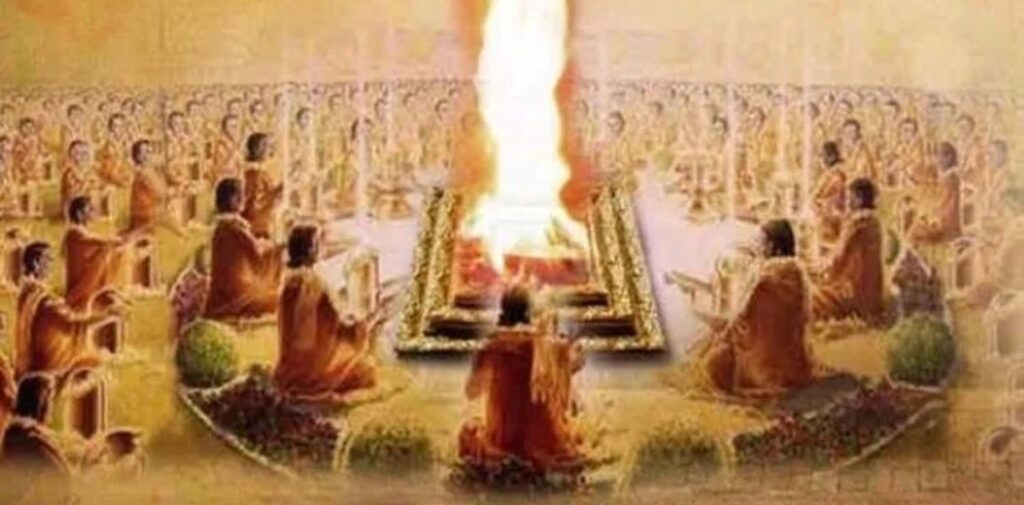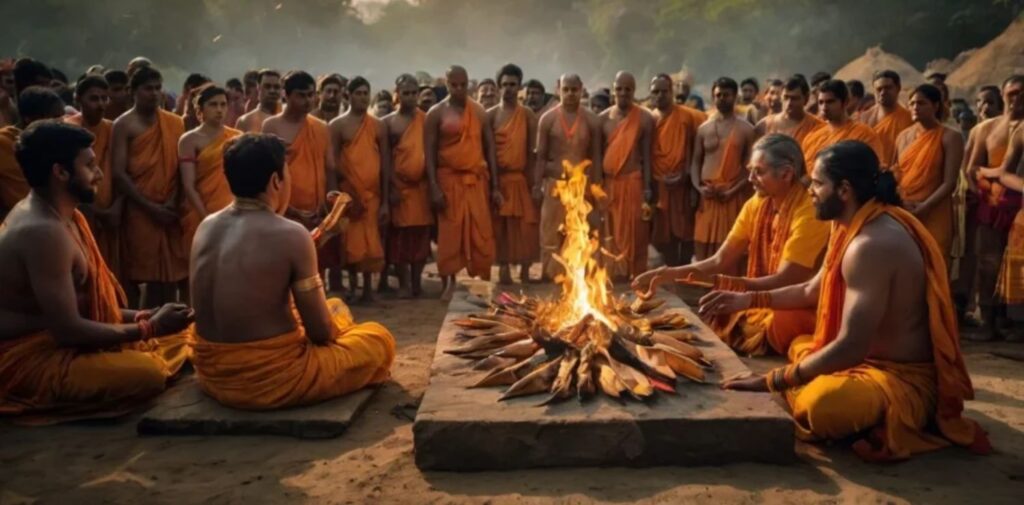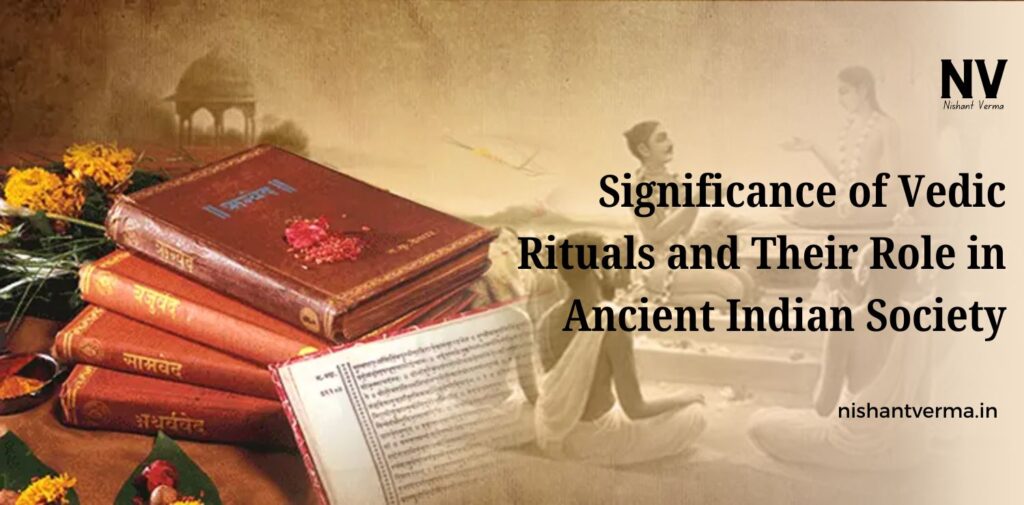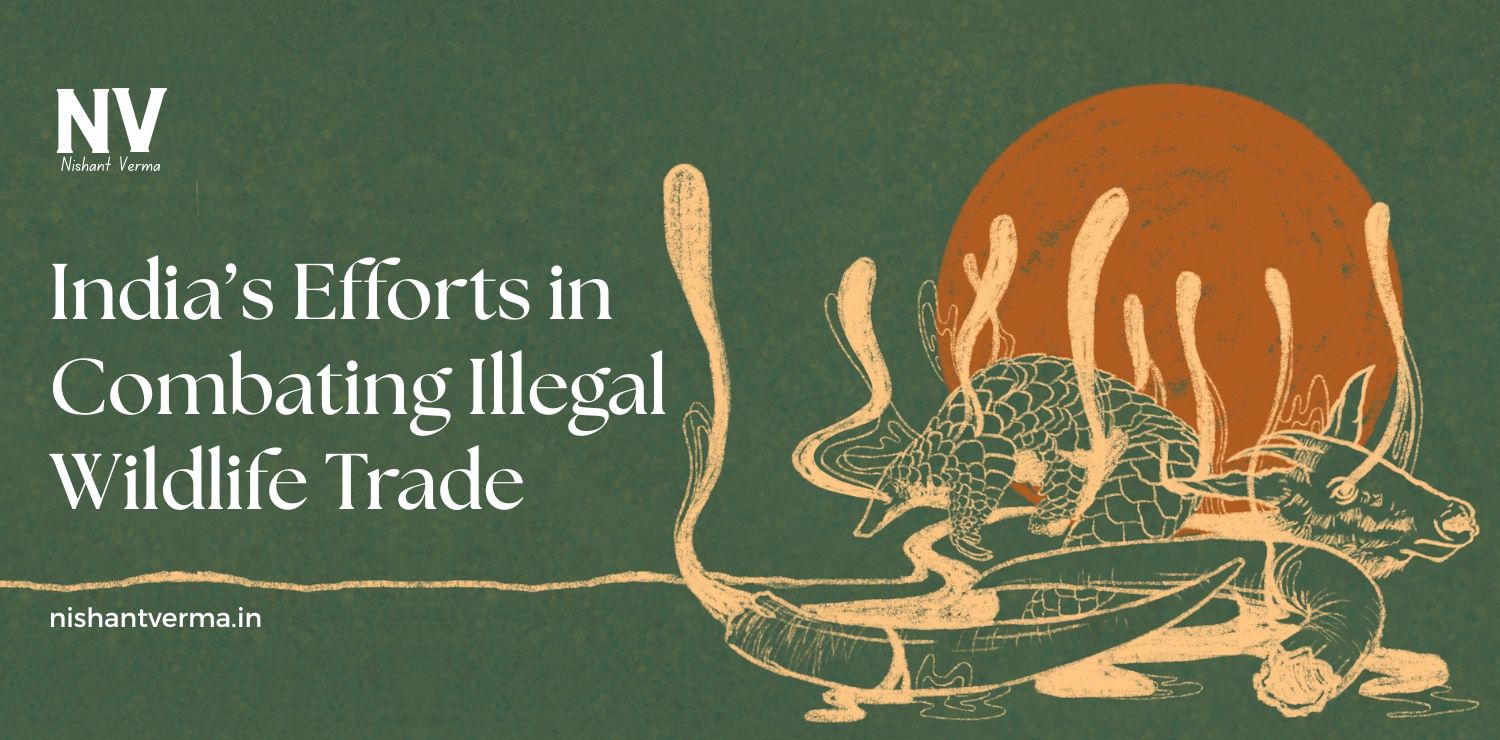Vedic rituals, a cornerstone of ancient Indian religious practices, have played a crucial role in shaping the social, cultural, and spiritual life of early Indian civilization. The Vedic period, spanning from around 1500 BCE to 500 BCE, was marked by the composition of the Vedas, the oldest sacred texts of Hinduism. These texts not only laid down the foundational doctrines of Hindu philosophy but also prescribed various rituals that were deeply intertwined with every aspect of society. This article delves into the significance of Vedic rituals and their role in the functioning of ancient Indian society.
The Essence of Vedic Rituals
Vedic rituals were a set of prescribed actions and ceremonies meant to invoke divine blessings, maintain cosmic order, and ensure prosperity. The Vedic texts, primarily the Rigveda, Yajurveda, Samaveda, and Atharvaveda, provided detailed instructions on how these rituals were to be performed. The rituals involved offerings, prayers, chants, and sacrifices, conducted by priests called “Brahmins,” who were trained in the sacred knowledge of the Vedas.
The rituals themselves varied in nature—some were simple and personal, while others were grand and public. They were typically performed at home or at specific places of worship like fire altars or temples, and many involved offerings to gods and goddesses through fire (known as “yajna”).

Key Elements of Vedic Rituals
Yajnas (Sacrificial Rites)
At the heart of Vedic rituals was the practice of yajnas, which were sacrificial offerings made to the gods. Yajnas were not just acts of worship but were believed to sustain the divine forces governing the world. The yajnas were performed by priests who chanted specific mantras and offered substances like ghee, grains, and herbs into a sacred fire. The fire served as a medium through which offerings reached the deities. The most important yajnas were the Ashvamedha (horse sacrifice) and the Somayajna (sacrifice involving the soma plant), which were grand and meant to ensure the well-being of the ruler and the kingdom.
Chants and Mantras
Chanting mantras, sacred hymns, and invocations was an integral part of Vedic rituals. These mantras, composed in Sanskrit, were believed to have powerful spiritual energy that could invoke the gods’ presence and blessings. Reciting these verses correctly was crucial, as the correct pronunciation and rhythm were believed to make the ritual more effective. The performance of the ritual often included a range of musical elements, especially in the Samaveda, which was dedicated to the melodic aspect of Vedic chants.
Fire Rituals
Fire was considered sacred in the Vedic tradition and was central to almost all rituals. The sacred fire, known as “Agni,” symbolized the presence of divinity and was used to convey offerings to the gods. It was believed that Agni, as the intermediary between humans and gods, could purify offerings and carry them to the divine realm. The fire altar was often constructed with great care, and specific rituals, including the offering of oblations, were performed to maintain its sanctity.

The Role of Vedic Rituals in Ancient Indian Society
Vedic rituals were not just religious practices; they were deeply interwoven with the social, political, and economic fabric of ancient Indian society. The importance of these rituals can be understood through their various roles in shaping the cultural and societal structure.
Religious and Spiritual Significance
The primary function of Vedic rituals was to maintain a harmonious relationship between humans and the divine. The rituals were a means of invoking the gods’ blessings for prosperity, health, fertility, and success in various endeavors. They reinforced the belief in the interconnectedness of the material and spiritual worlds and helped people feel in tune with the divine forces.
Rituals also played a role in the afterlife, as offerings and sacrifices were meant to ensure that the souls of the deceased reached the heavens. The concept of ritual purity was central to Vedic practices, and performing rituals correctly was seen as a way to purify oneself spiritually.
Social Order and Hierarchy
Vedic rituals helped maintain the social structure and hierarchy of ancient Indian society. The performance of these rituals often involved a division of labor among different groups of people. At the top were the Brahmins, the priestly class responsible for conducting the rituals. Below them were the Kshatriyas (warriors and rulers), who patronized the rituals and ensured their execution, and the Vaishyas (merchants and farmers), who supported the rituals through offerings and sacrifices. The Shudras (laborers) were at the bottom of the social hierarchy, and their role in rituals was often limited to providing physical labor.
This division of labor was reflected in the way rituals were structured. Certain rites were exclusive to specific castes, and individuals were expected to perform the rituals appropriate to their social class. For instance, only Brahmins could perform the most important yajnas, while other castes had their own smaller-scale rituals to perform.
Political and Royal Influence
Rituals played a significant role in maintaining political power and legitimacy. Kings and rulers of ancient India used grand rituals to assert their authority and demonstrate their connection to the divine. The Ashvamedha yajna, for example, was often performed by kings to demonstrate their strength, power, and divine approval. By conducting these rituals, rulers sought to legitimize their rule, assert dominance over other kingdoms, and ensure the prosperity of their realm.
The performance of rituals by kings also had a unifying effect on society, as it helped consolidate the ruler’s influence over the people. Rituals were a way for the king to demonstrate his responsibility as a protector of both the land and its people, fostering a sense of security and loyalty among the subjects.
Community and Social Cohesion
Vedic rituals were not limited to individual worship; they were a collective experience that helped strengthen social bonds. Large public rituals, such as yajnas, were community events where people gathered to offer their prayers and support the priests. These rituals were often held during festivals and special occasions, such as royal ceremonies, marriages, or harvest celebrations. The communal nature of these rituals fostered a sense of unity and collective identity among the people.
Through participation in these rites, individuals could affirm their role within the community, and their devotion to the gods reinforced the moral and ethical values of the society. The rituals also encouraged social cooperation, as people from different classes and professions worked together to ensure the success of the ceremonies.
Cultural Preservation and Transmission of Knowledge
Vedic rituals were essential for the preservation of cultural traditions and the transmission of knowledge. The knowledge of these rituals was passed down orally from one generation to the next, ensuring continuity in religious practices. The Brahmins were the primary custodians of this knowledge, and their role in preserving the Vedas and maintaining the integrity of the rituals was highly respected.
Rituals were not just about performing certain actions; they were a way to transmit ancient wisdom, philosophies, and teachings about the cosmos, ethics, and human existence. The Vedic hymns and mantras often contained deep philosophical insights, which were discussed and interpreted in relation to the rituals. Over time, these discussions gave rise to a body of knowledge that would later influence other philosophical schools in India, such as Vedanta and Samkhya.

The Decline and Evolution of Vedic Rituals
Over time, as Indian society evolved and the religious landscape changed, the role of Vedic rituals also transformed. The rise of other religious traditions, such as Jainism and Buddhism, gradually reduced the emphasis on Vedic rituals. Additionally, as the socio-political structure of India underwent changes, the rituals became more formalized and less accessible to the general population.
However, Vedic rituals did not disappear completely. They continued to evolve and remain a significant part of Hindu practices even today. Many of the core elements of Vedic rituals, such as the use of mantras, sacrifices, and fire offerings, continue to be part of Hindu religious ceremonies.
Conclusion
Vedic rituals were far more than religious acts; they were the backbone of ancient Indian society. They played a crucial role in maintaining the spiritual, social, and political order, and their influence can still be felt in contemporary Hindu practices. From strengthening social cohesion to fostering a connection with the divine, Vedic rituals were an essential part of life in ancient India. Understanding the significance of these rituals helps us appreciate the depth and complexity of India’s cultural and spiritual heritage, which continues to thrive today.




